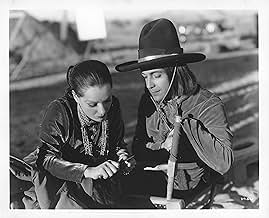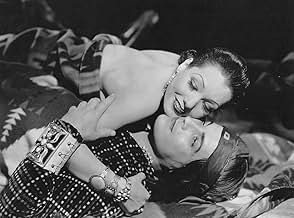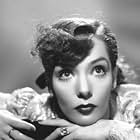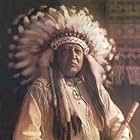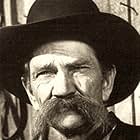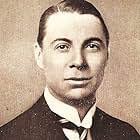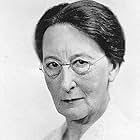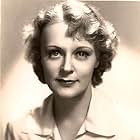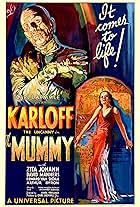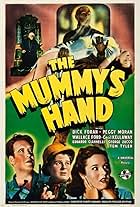Laughing Boy, a young Navajo, falls in love with Slim Girl, a Navajo girl who has been raised by white men and has a different way of thinking from her people.Laughing Boy, a young Navajo, falls in love with Slim Girl, a Navajo girl who has been raised by white men and has a different way of thinking from her people.Laughing Boy, a young Navajo, falls in love with Slim Girl, a Navajo girl who has been raised by white men and has a different way of thinking from her people.
Photos
William B. Davidson
- George Hartshorne
- (as William Davidson)
Harlan Knight
- Wounded Face
- (as Tall Man's Boy)
Philip Armenta
- Yellow Singer
- (as F.A. Armenta)
Julius Bogua
- Jesting Squaw's Son
- (uncredited)
Sidney Bracey
- White Father
- (uncredited)
Nora Cecil
- Teacher
- (uncredited)
Ruth Channing
- Tourist
- (uncredited)
Dora Clement
- Mother
- (uncredited)
Corleen Clemons
- Young Married Woman
- (uncredited)
Joseph William Cody
- Leader of Horsemen
- (uncredited)
Romere Darling
- Dancing Girl
- (uncredited)
- Director
- Writers
- All cast & crew
- Production, box office & more at IMDbPro
Storyline
Did you know
- TriviaThe film was a major bomb for MGM and Ramon Novarro's career never recovered. He made only one more film for MGM.
- GoofsWhen she finds the coins left by Laughing Boy, Slim Girl's (Lupe Velez blouse switches between being open/unbuttoned (and quite 'revealing') and closed/ buttoned several times.
- ConnectionsFeatured in La noche de...: La sombra de la sospecha (2017)
- SoundtracksCall of Love
(1934) (uncredited)
Music by Herbert Stothart
Lyrics by Gus Kahn
Sung by Ramon Novarro several times
Featured review
"Laughing Boy" is a film version of Oliver La Farge's Pulitzer Prize winning novel about a young Navajo man in the early 1900's. Briefly, the story follows Laughing Boy (Ramón Novarro), a traditional youth who travels to a ceremonial dance where he meets Slim Girl (Lupe Vélez), a young woman who had attended an "American school" and now lived amongst the white men. After initially disliking her forward ways, Laughing Boy falls in love and, despite objections from his family, the two marry. Slim Girl finds the life as a traditional Navajo women gruelling and starts to return to the 'white' town, ostensibly to sell Laughing Boy's silver-work, where she becomes involved with her former lover. The tragic ending is somewhat abrupt and very different from that in the book. La Farge was an anthropologist who had worked with Navajo and the book, and by extension the movie, are considered accurate and respectful descriptions of Native American life in the Southwest in the early part of the century. The movie lacks much of the detail and 'flavour' of the book, but remains a touching story of love and community in a time when traditional values were slowly being eroded by the temptations of 'modern' lifestyles (like whiskey). The cast includes a number of American Indians in important secondary roles but the leads were both Mexican and don't really look the part, especially when interacting with the indigenous actors (although in the case of Vélez's character, this may be intentional, as she is now 'an outsider'). Music plays a large part in the book but Novarro's singing seems out of place in the film. He has a very good voice but (IMO) the songs would have been better if sung in Navajo (or wordlessly) and without any accompaniment. The black-and-white desert cinematography is moody and beautiful, although many of the back-projection shots (such as the horse racing scenes) are unconvincing and the wrestling scene has been oddly 'sped up'. The movie was a box-office failure and has not aged well (Novarro still looks like a character from a 'silent'), but I found it the story affecting and the scenes of contemporary Navajo life interesting. I would recommend reading the book first.
- jamesrupert2014
- Mar 12, 2018
- Permalink
Details
Box office
- Budget
- $518,000 (estimated)
- Runtime1 hour 19 minutes
- Color
- Aspect ratio
- 1.37 : 1
Contribute to this page
Suggest an edit or add missing content


